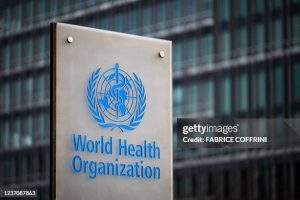FG Investigates Flesh-Eating Disease in Adamawa After Seven Fatalities
The Federal Government has begun investigating a mysterious flesh-eating disease in Adamawa that has killed seven people and infected dozens more, with experts suspecting Buruli ulcer.

Photo by Edward Jenner
The Federal Government has launched a laboratory investigation into an unusual flesh-eating disease outbreak in Malabu, Adamawa State, after seven people died and dozens more were infected. Acting National Coordinator for the National Tuberculosis, Buruli Ulcer and Leprosy Control Programme, Dr Adesigbin Olufemi, revealed that as of September 10, 67 confirmed cases have been recorded. Eight severe patients are undergoing surgical treatment at Modibbo Adama University Teaching Hospital (MAUTH) in Yola.
Vanguard reports that the disease—initially presenting as boils that burst and then progressively destroy flesh and sometimes bones—has raised concern because its exact cause remains unknown, though Buruli Ulcer, caused by Mycobacterium ulcerans, is suspected. The bacterium thrives in swampy environments and stagnant water, though how it spreads isn’t clear. Some theories point to insect vectors, such as water fleas or mosquitoes.
Government, state health authorities, and partners, including the NGO REDAID, responded swiftly, arriving in affected communities on September 14 to support care and control efforts. Local health centres are managing milder cases; those requiring surgical intervention have been referred to larger facilities.
Public health officials have noted that residents in Malabu initially attributed the disease to witchcraft, delaying early treatment. Authorities emphasise the importance of sensitisation campaigns to reduce misinformation and encourage people to report symptoms early.
Dr Olufemi also pointed out that the remote location of Malabu—about two hours from Yola—and its poor road access are complicating both surveillance and treatment efforts. He stressed that long-term prevention must include improving access to clean water, sanitation, and healthcare in rural communities.



